
Vietnam's average rice export price in the first seven months of 2025 reached only 514 USD/ton, down 18.4% compared to the same period in 2024. Rice exports decreased sharply in traditional markets such as the Philippines, Malaysia, and Indonesia.
Opportunities from new markets
According to the Ministry of Agriculture and Environment , in the first seven months of 2025, among the major export markets, rice export value increased the most in the Bangladesh market with an increase of 188.2 times and decreased the most in the Malaysian market with a decrease of 58.5%. The traditional market of the Philippines also recorded a decrease of 13.5%. The reason is that traditional markets are increasing rice reserves while boosting production to achieve food self-sufficiency.
Data from the Vietnam Food Association shows that as of early June 2025, the Philippines' total rice reserves reached 2.239 million tons, up 3.5% over the same period in 2024. In Indonesia, the country has raised its 2026 rice production target to 33.8 million tons, up from the original target of 32 million tons.
While rice export prices are decreasing and traditional markets are shrinking, the "survival" requirement for export enterprises is to expand markets and prioritize exporting high-quality, high-priced rice.
Mr. Truong Sy Ba, Chairman of the Board of Directors of Tan Long Group, said: The Group maintains rice exports to markets with high prices, including Japan. In 2024, Tan Long will export about 5,000 tons of A An branded rice to Japan. It is expected that in 2025, the amount of rice exported to Japan will reach 30,000 tons.
“Rice export to Japan requires meeting many strict criteria, including controlling more than 600 different substances. If any substance exceeds the permitted limit, the entire shipment of rice may be returned. However, the export value to this market is very high, when exporting 1,000 tons of rice to Japan is equivalent to exporting tens of thousands of tons to other markets," Mr. Ba emphasized.

Besides Japan and South Korea, European countries are also gradually becoming potential markets for high-quality rice. According to the Vietnam Trade Office in Austria, Austria is located in Central Europe, with a population of about 9 million people. Although not a traditional rice consuming country like Asian countries, in recent years, the demand for rice in Austria has increased rapidly due to people's greater concern for health, the trend of vegetarianism and diverse culinary styles. Rice has become the preferred choice for dishes such as sushi, fried rice and many other Asian foods.
In Canada, with about 7 million people of Asian origin, this country is one of the potential rice consumption markets. Currently, Vietnam is one of the top 5 rice exporting countries to Canada. However, according to statistics from the Vietnam Trade Office in Canada, Canada's rice import demand is about 500 million USD per year, but Vietnam's rice exports to this country only reach about 12 million USD/year, so there is still a lot of room to expand market share.
Improve quality, enhance trade promotion
Commercial Counselor, Vietnam Trade Office in Austria Dinh Thi Hoang Yen said that more and more consumers in Austria are choosing Vietnamese rice in daily meals. Recent surveys show that Austrians appreciate Vietnamese rice because of its long, white, fragrant grains, suitable for many traditional and modern dishes. Recently, the Vietnam Trade Office in Austria connected 3Brothers company to import Vietnamese sushi rice into the market in 10kg packages that are popular with customers.
However, the challenge of exporting rice to Austria is the strict requirements on quality, traceability, and regulations related to environmental protection and consumer rights. In addition, Vietnamese rice must compete directly with rice from other countries, requiring businesses to invest heavily in processing technology and market research.
Identifying that improving rice quality is the “key” to opening new markets, many Vietnamese rice exporting enterprises have made efforts to apply technology and invest in production, processing and consumption chains to build the Vietnamese rice brand.
According to Chairman of the Board of Directors of Loc Troi Group Joint Stock Company Huynh Van Thon, in recent times, the Group has strongly applied technology to production and management; developed the Japo 3-Season rice variety that can be cultivated 3 crops/year with a light aroma, moderate stickiness and rich flavor, suitable for the strict standards of the high-end market; launched the Vibigaba germinated rice product line that not only brings health benefits but also has high economic value with an export price 10 times higher than regular white rice. The Group also established a farm management system to help each field have its own data...
Currently, Loc Troi owns 12 rice varieties licensed for production and trading, of which 10 new rice varieties were actively researched by Loc Troi and recognized for circulation. Many of these varieties are exported to Japan and Indonesia with high economic value.
In the context of the continuing downward trend in export rice prices globally, coupled with the fluctuating demand for rice in traditional import markets, potential, high-quality export markets are expected to bring new sources of revenue for Vietnamese rice. This is also a great opportunity for Vietnamese rice to affirm its value through quality and brand in the international market.
Source: https://baoquangninh.vn/ky-vong-xuat-khau-gao-vao-thi-truong-moi-3371294.html




![[Photo] Prime Minister Pham Minh Chinh chairs the conference to review the 2024-2025 school year and deploy tasks for the 2025-2026 school year.](https://vstatic.vietnam.vn/vietnam/resource/IMAGE/2025/8/22/2ca5ed79ce6a46a1ac7706a42cefafae)


![[Photo] President Luong Cuong receives delegation of the Youth Committee of the Liberal Democratic Party of Japan](https://vstatic.vietnam.vn/vietnam/resource/IMAGE/2025/8/22/2632d7f5cf4f4a8e90ce5f5e1989194a)




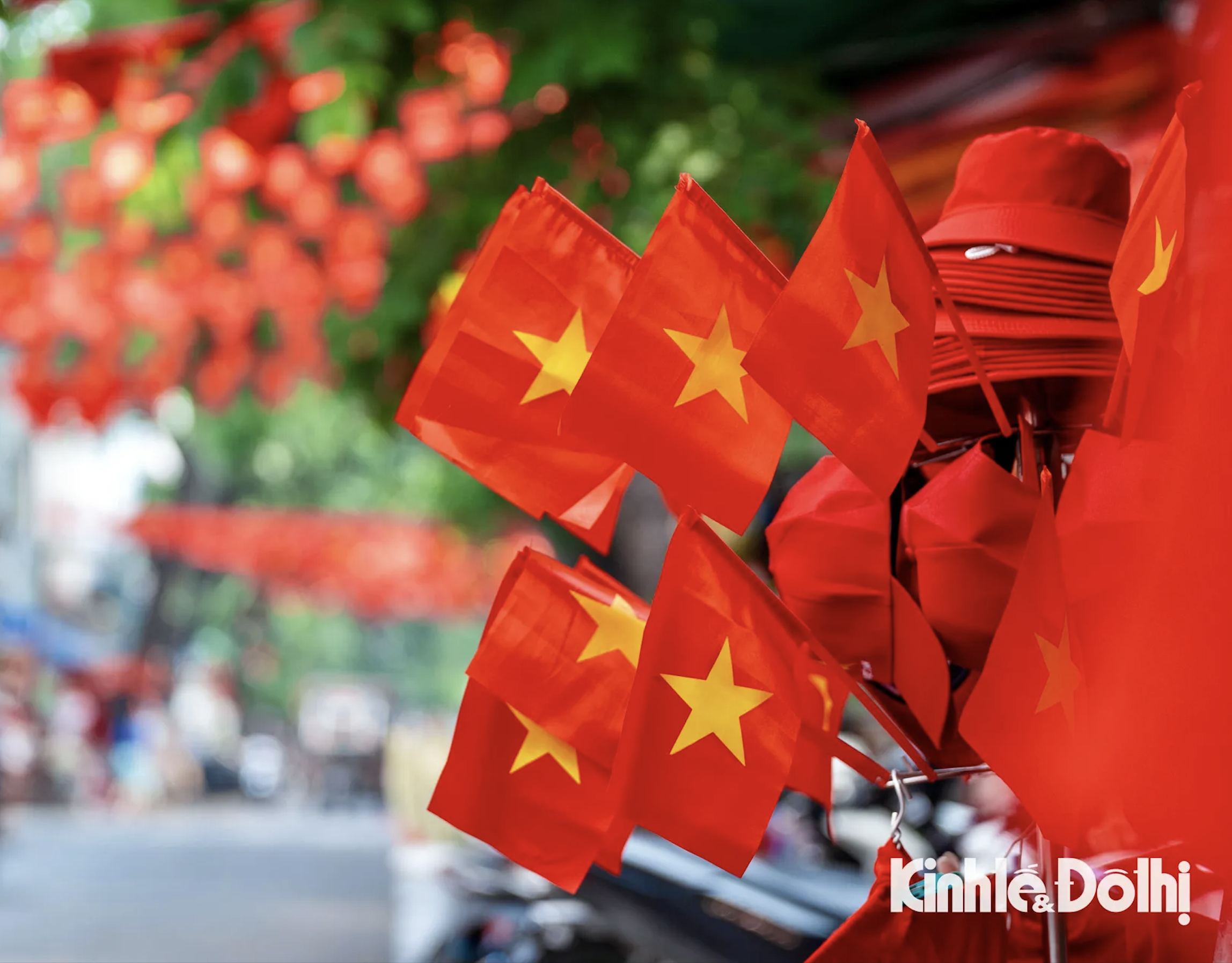































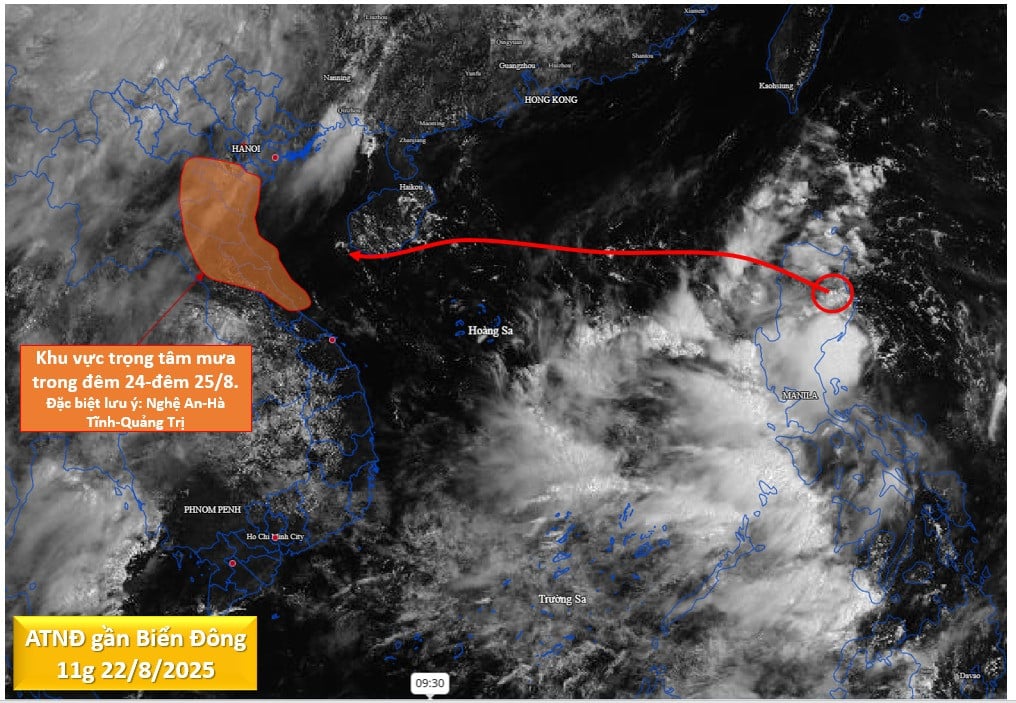
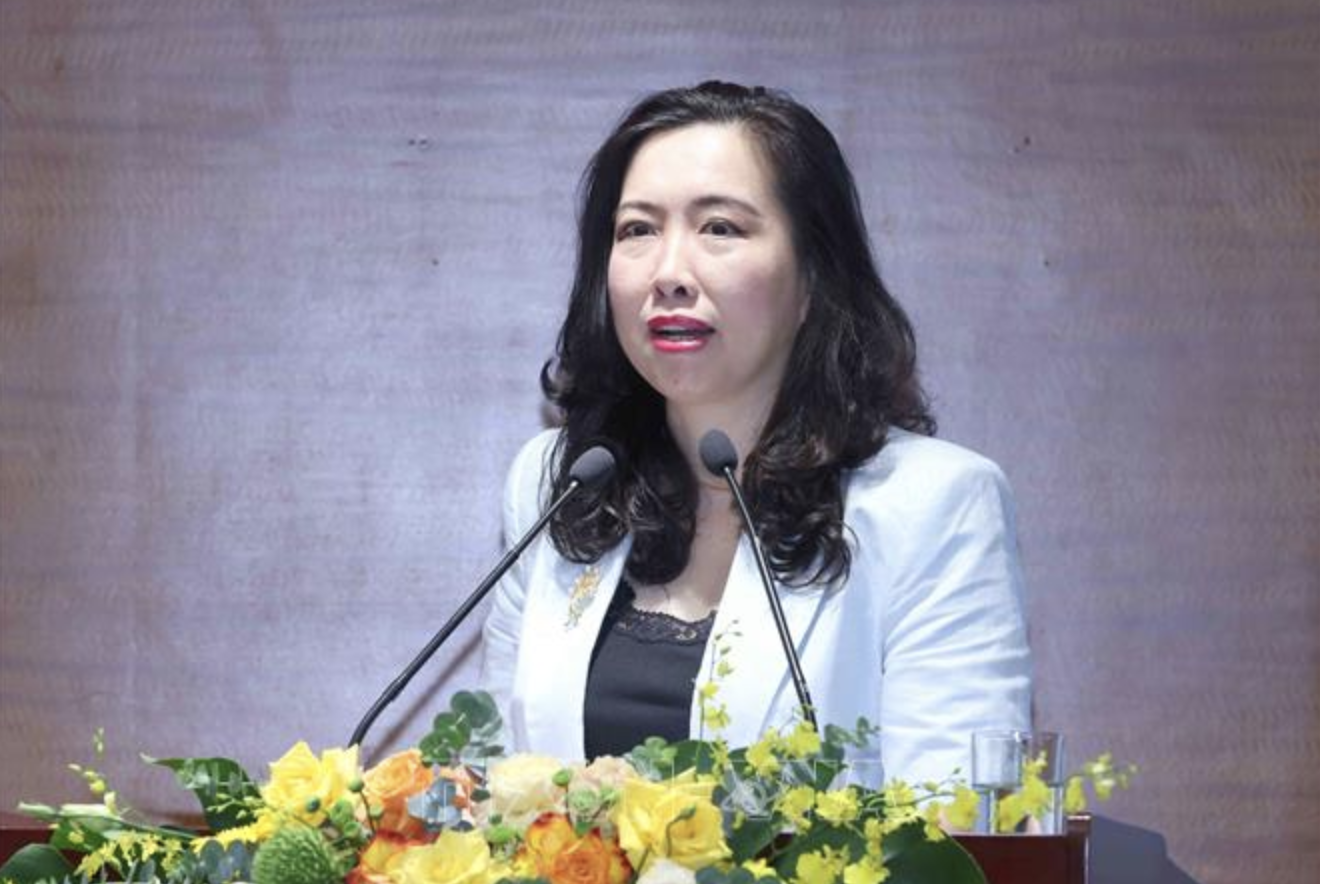



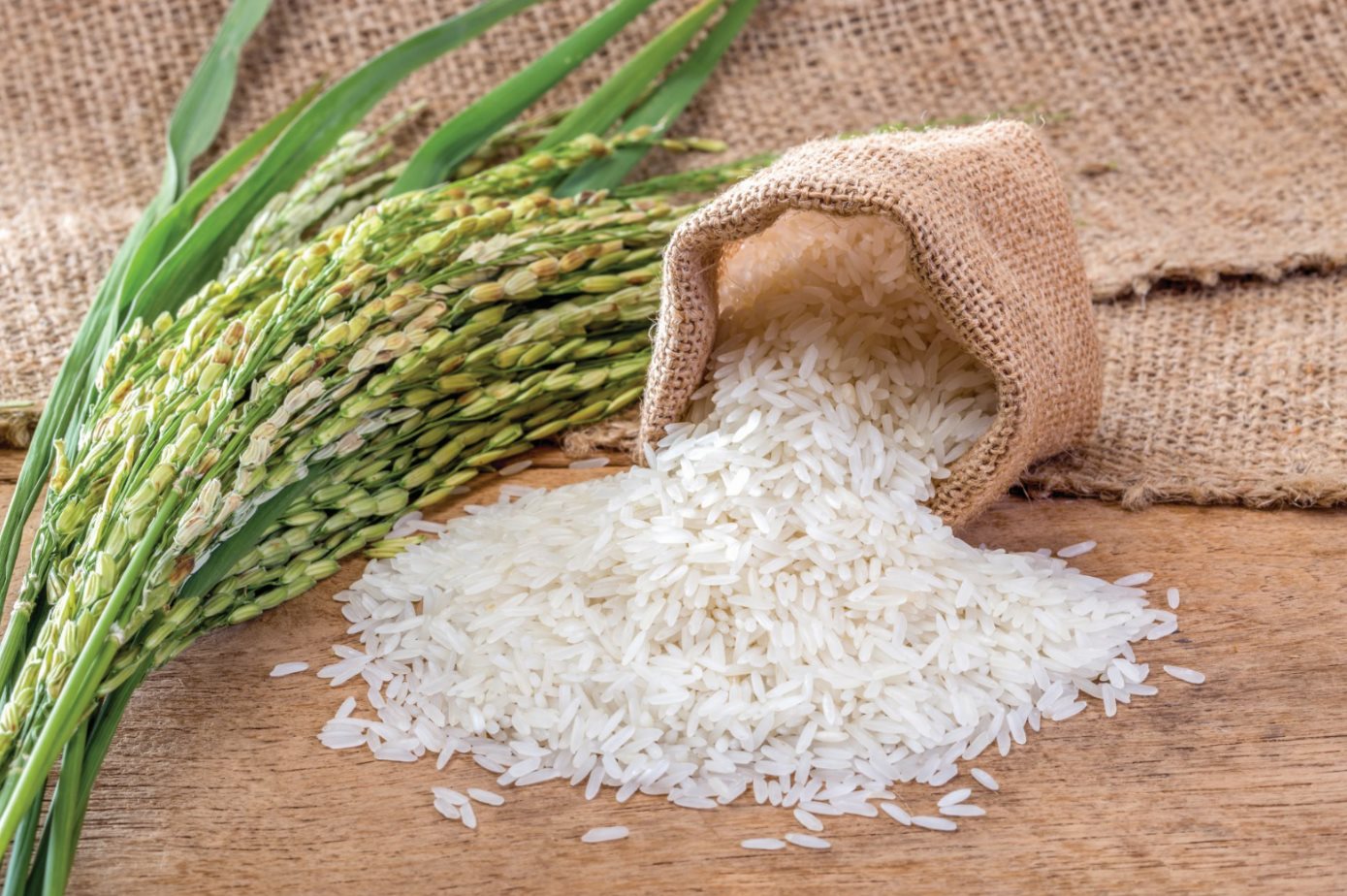


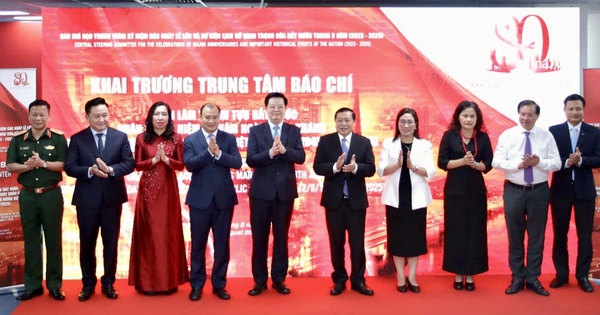

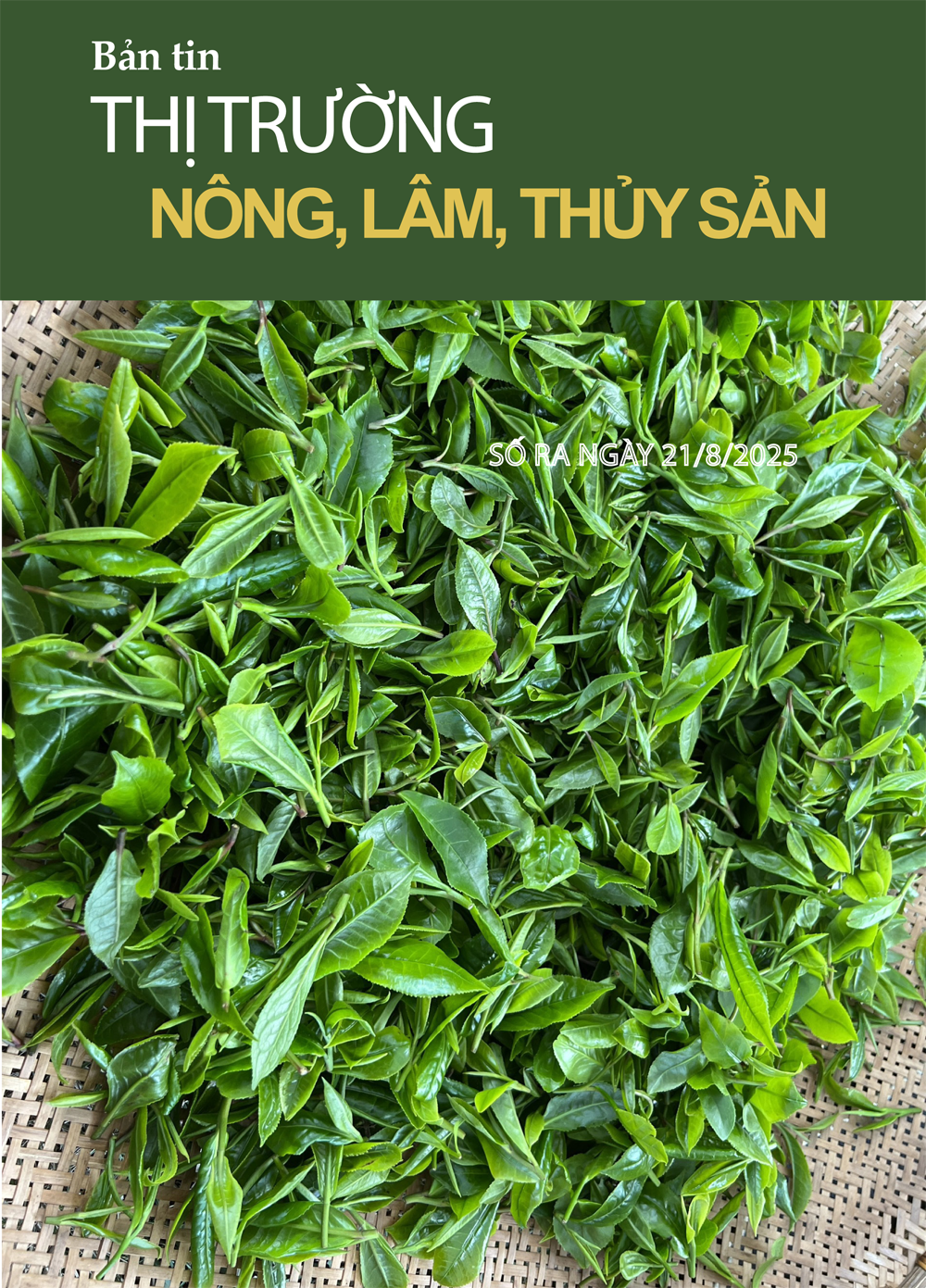

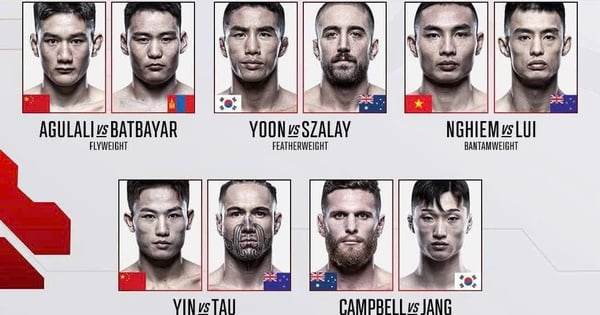


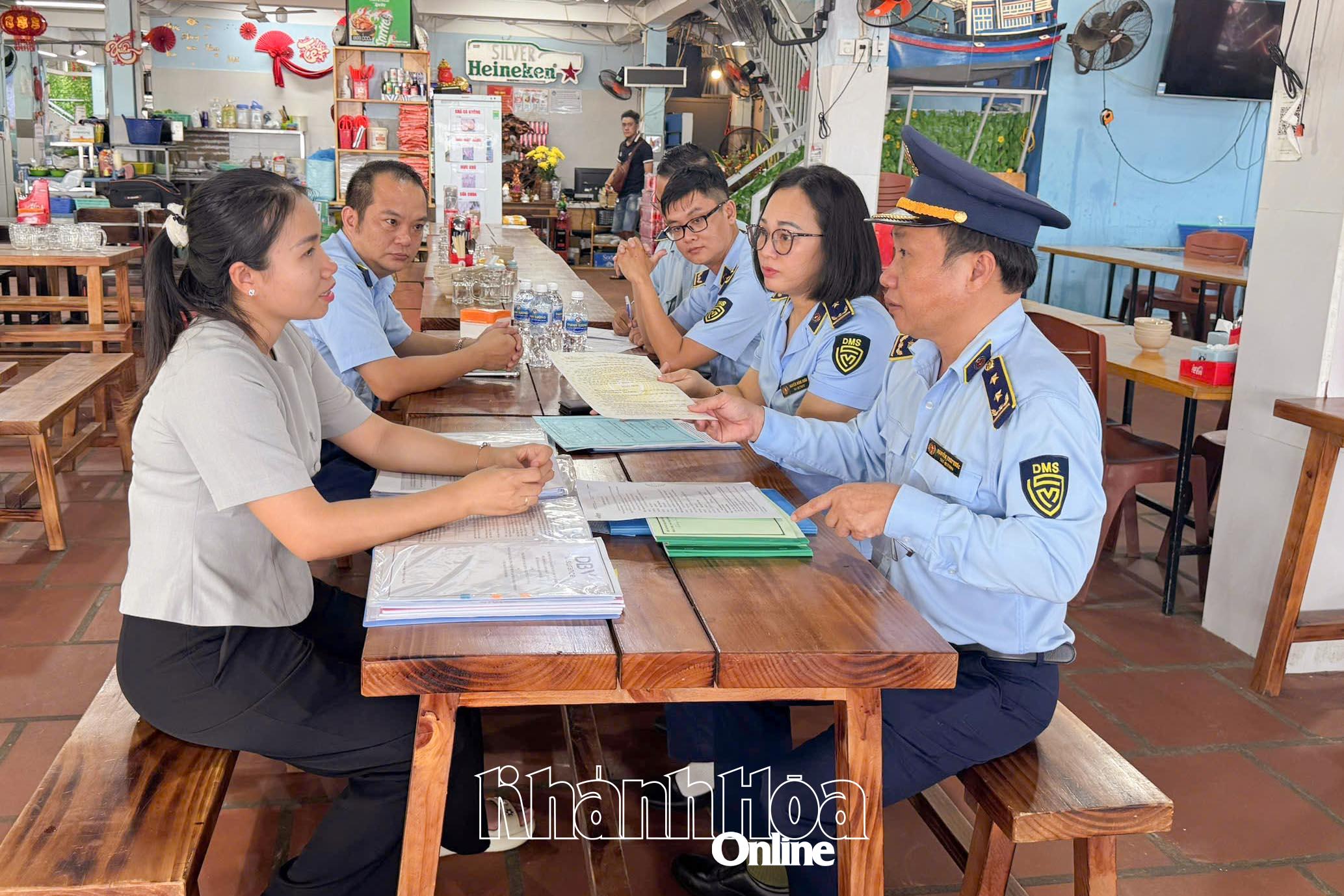

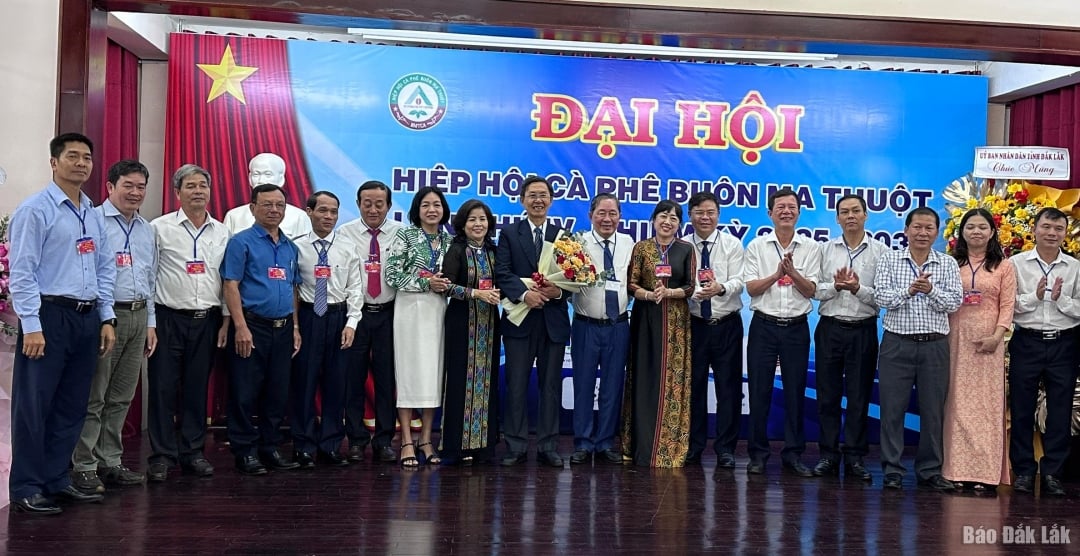
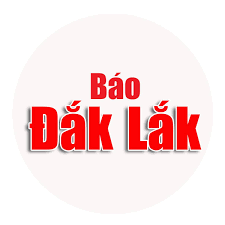
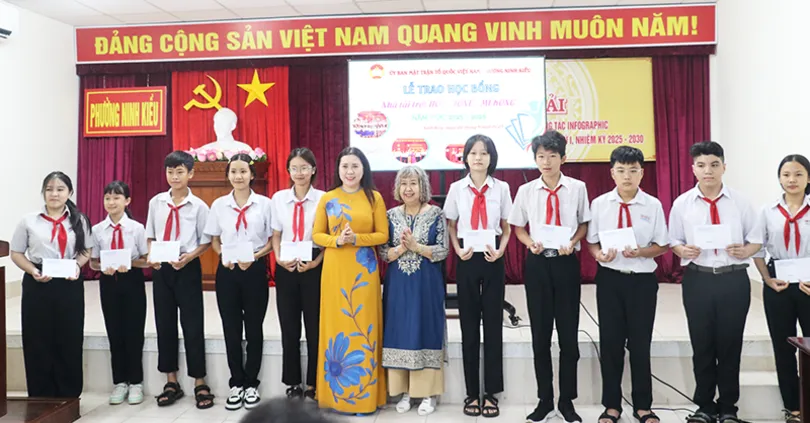


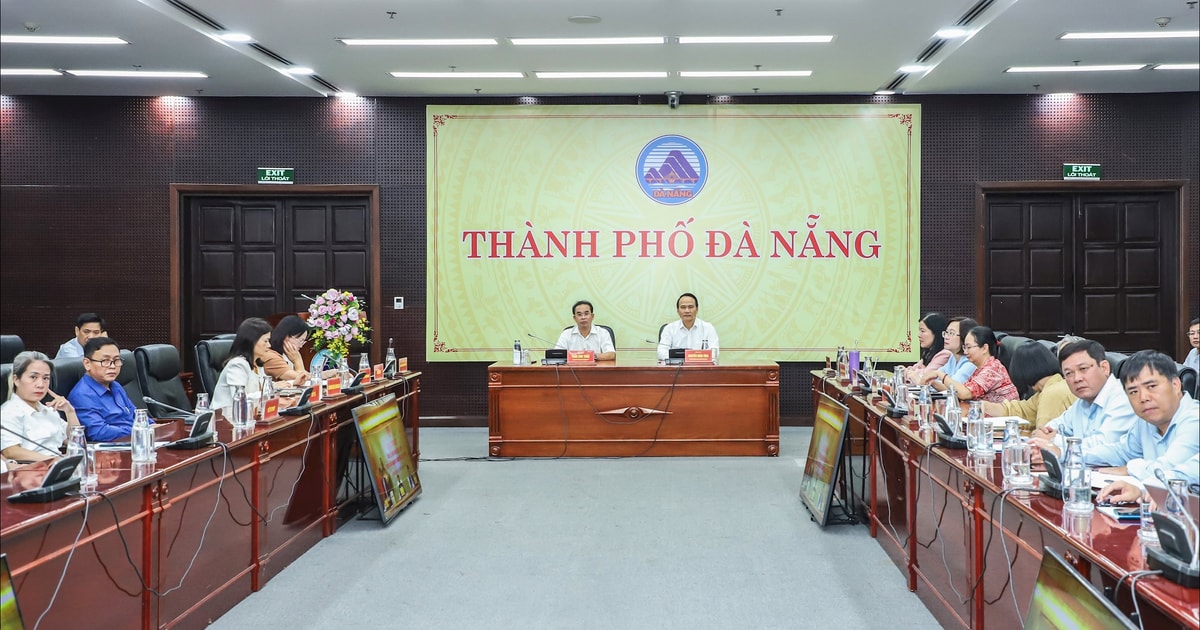

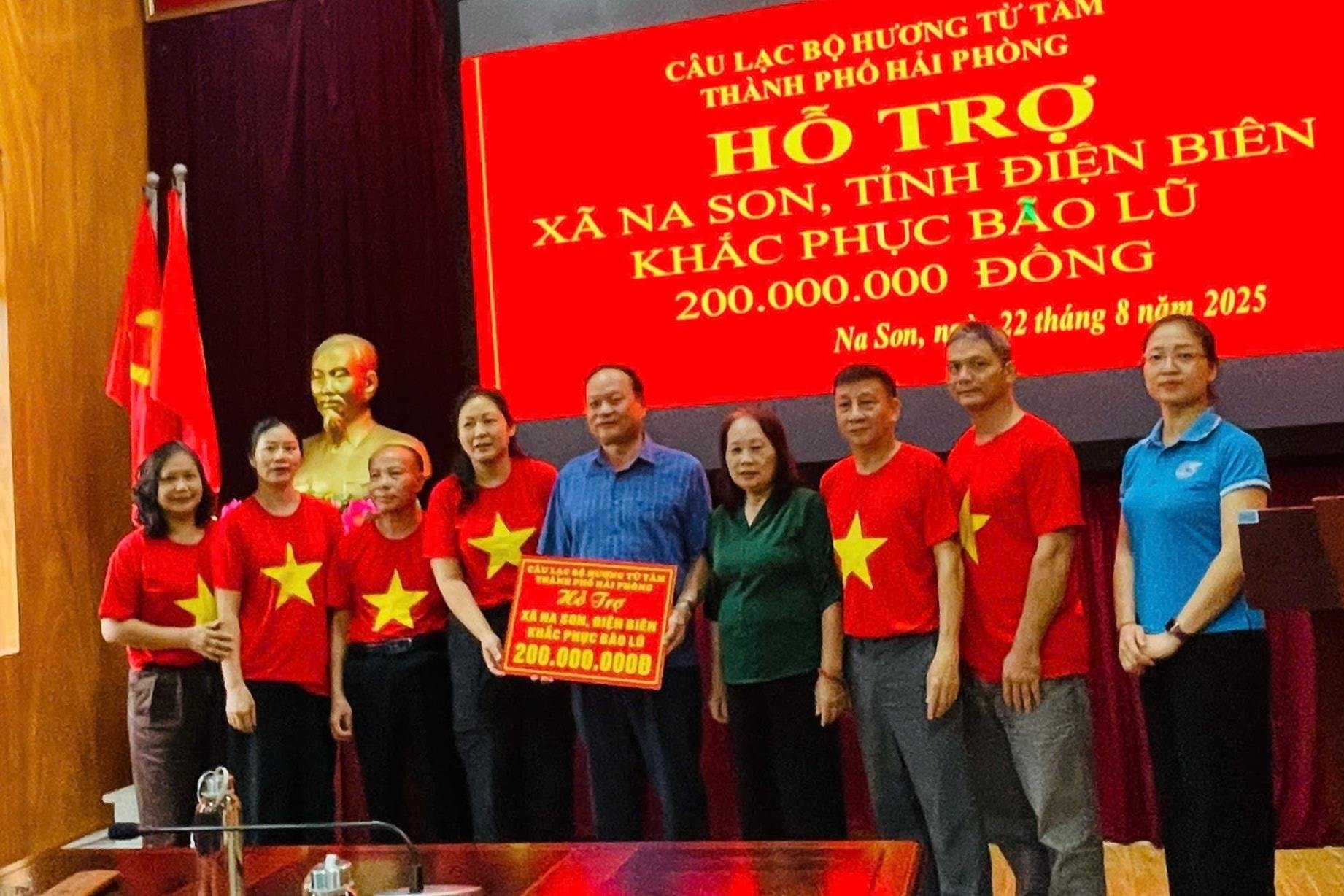
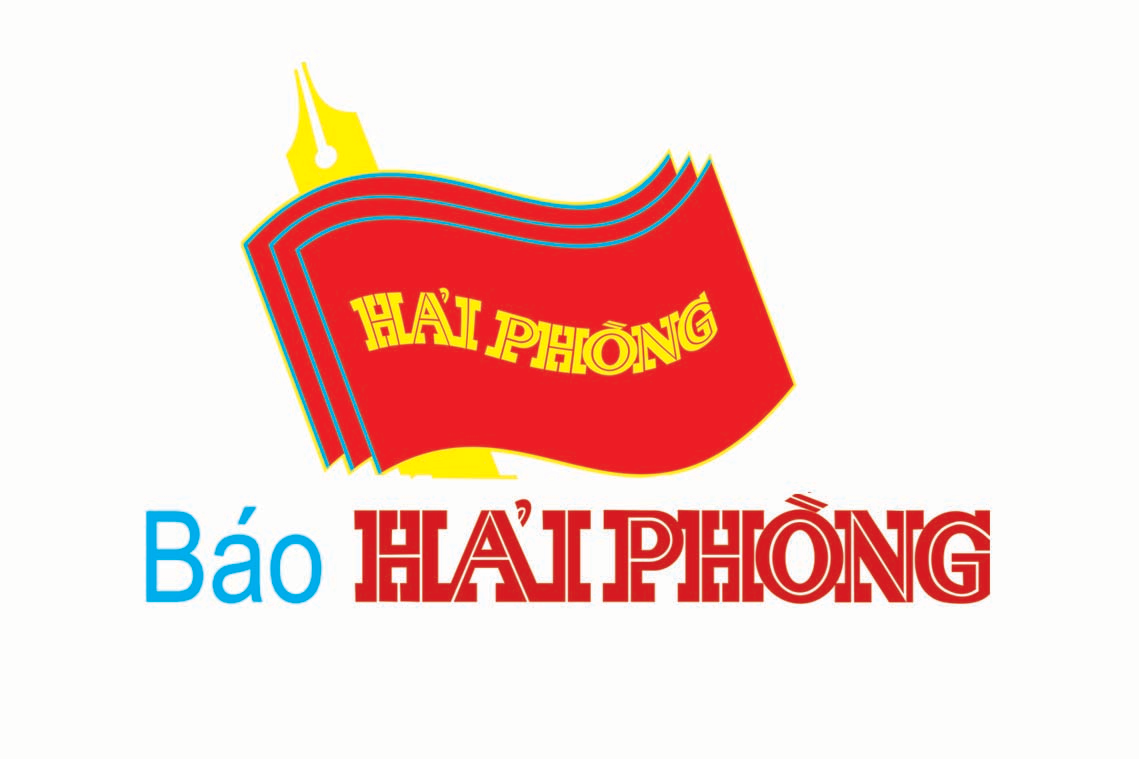
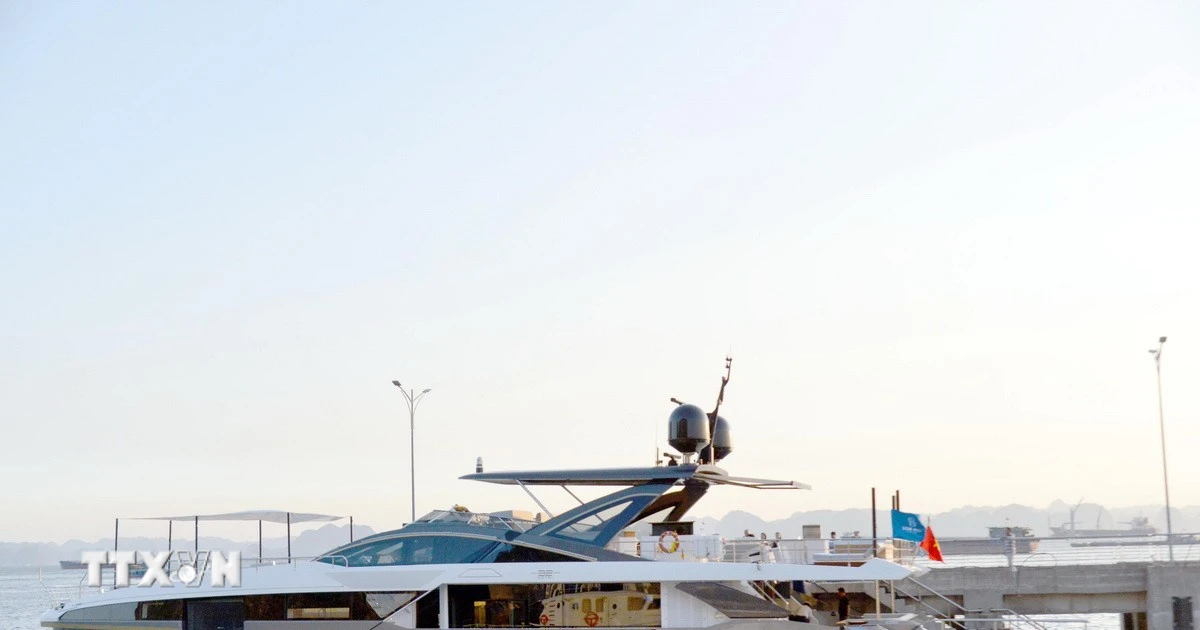













Comment (0)